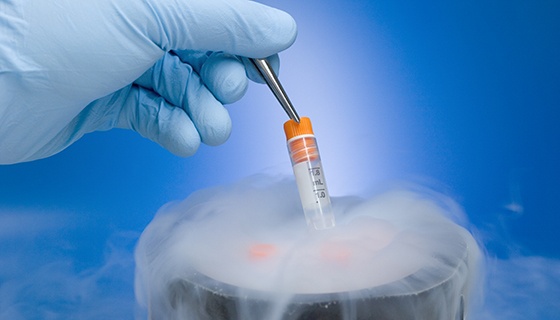
10 Steps of Embryo Transfer
A set of specialized treatments known as in vitro fertilization (IVF) is used to assist in child conception, assist with fertility, and minimize genetic issues. In vitro fertilization (IVF) entails removing developed eggs from the female ovaries for sperm fertilization in a lab.
After that, the fertilized egg (or eggs) is transported to a uterus. Your physician can explain IVF to you, including how it functions, potential risks, and if it is the best way to treat your problems. If you are willing to know the procedure, you may contact the best female fertility doctor in Delhi.
Steps guidance for embryo transfer from the best IVF clinic in Delhi
The final step in the in vitro process of fertilization is embryo transfer. It is a vital step in the process. No matter how well the IVF facility’s growth environment is set up, a carelessly executed embryo transfer by the doctor can damage everything. The embryos must be carefully positioned with the least amount of stress and manipulation possible near the center of the endometrial cavity for the entire IVF treatment. Best IVF doctor in Delhi will see the procedure properly with proper treatment cycle guidance.
- Step 1: For the woman, the embryo transfer process resembles a Pap smear in many ways. There should be little discomfort and no need for anesthesia or other medications. For embryo transfer, doctors use a bladder that is about halfway full.
- Step 2: This is beneficial in two key ways. It also expands the uterus into a more accepting angle, making the procedure easier and less stressful for the uterine lining as well as the embryos. This assists with the fast and efficient transfer of the embryos to the optimum spot.
- Step 3: The doctor inserts the embryo transfer device via the cervical opening and into the center of the uterine cavity while it is loaded with embryos.
- Step 4: To see the catheter tip go to the appropriate spot, abdominal ultrasonography is performed continuously.
- Step 5: The correct positioning of the embryos must be controlled even though it can be challenging to keep the catheter tip always in the precise direction of the ultrasound beam.
- Step 6: The infertility expert doctor “transfers” the embryos to the endometrium of the uterine canal once the catheter tip has reached the proper spot.
- Step 7: The catheter is progressively removed following embryo transfer, and any remaining embryos are examined under a microscope.
- Step 8: In the unlikely event that an embryo is trapped in the catheter, the transferring procedure is promptly redone, and the catheter is examined once more by a top gynaecologist in Delhi.
- Step 9: Empty bladder is best for a better angle during embryo transfer and for optimal ultrasound vision.
- Step 10: On days 5-7 after fertilization, a normal human fetus will emerge from its shell and implant hours later.
How much number of times embryos can be placed during IVF?
At the best IVF clinic in Delhi, the couple chooses the number of embryos to be transplanted after talking with the doctor about their embryo qualities and how it affects the risks for pregnancy complications versus the danger of not conceiving at all. The embryo attachment rate tends to decrease as a woman gets older. As the female spouse reaches the age of roughly 32, the likelihood that an embryo will implant decreases gradually (and increasingly).
Pregnancy with a singular transfer is the most secure from the baby’s perspective. the best gynecologist in Delhi NCR thus prefers that only one fetus actually implants and undergoes further development.
Conclusion
Dr Shivani Sachdev Gour, the best IVF doctor in Delhi will guide you in the best way about embryo transfer and its step-by-step process and success rate. If you want to know more about the procedure, you may visit SCI IVF Hospital, the bets fertility clinic in Delhi.
